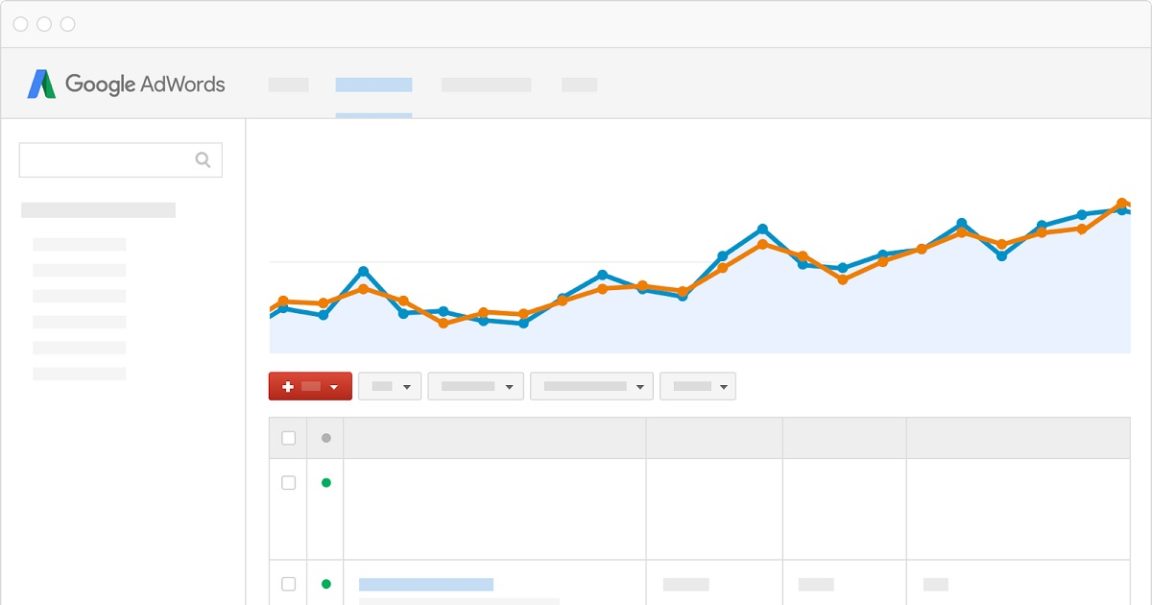How many times have you been completely bewildered by the results of a digital strategy?
Positive or negative, there is often a limit to the certainty we can have when it comes to online success. This becomes a far more pressing matter for those in the field of digital marketing, as a certain route toward positive outcomes can be difficult to come by, with many different roads to take. With that said, there is one more pressing problem at the heart of this industry:
The online world is fickle
With the digital landscape constantly fluctuating and changing, it can be difficult for smaller companies and start-ups to form their strategies in ways that accurately reflect the expectations of the consumer zeitgeist. We are looking to assist in the process, giving businesses a foothold when diversifying their campaigns from the perspective of an established digital marketing agency.

So, where do we begin?
As the title of this piece suggests, there are resounding benefits to looking at your digital strategies as one interconnected system; each part playing its role that develops alongside the next. This relationship of digital development is no more prevalent than the pairing of Search Engine Optimisation (SEO) and Pay-Per-Click Advertising (PPC).
For those that haven’t dabbled with these marketing styles in the past:
SEO
Search Engine Optimisation is the process of ensuring your site appears highly in search engine rankings through strategic planning based on desirable keywords. Whether taken on personally, or through a designated search marketing agency, the basis of this service tends to revolve around the production of desirable content in varying forms.
This process encapsulates:
On-Page Optimisation – Making alterations to your website metadata and keyword density; ensuring that it is easily understood and categorised by search engines.
External Links – Linking applicable keywords back to your website through a variety of online platforms to build perceived relevance in search engines for a certain topic.
PPC – Pay-Per-Click Advertising, as the name suggests, is a business model where businesses pay for their advertising only when users click through into their website or service. This puts the potential success of a campaign in the hands of the website owner, as irrelevant traffic that does not convert poses far more of an issue than with traditional marketing strategies.
A fantastic example of the benefits offered by unique PPC campaigns, Sky News utilised this service to target keywords associated with specific news stories. As competition was exceedingly low, with PPC costs dropping to around 25p per click, Sky News managed to develop their campaign around these obscure phrases with enormous success; drawing in over 100,000 potential readers in the process.
However, it can also lead to hugely successful campaigns with relatively low costs-per-click, making it a risk/reward balance that can have resounding benefits for your service.
Source: https://www.google.com.au/adwords/images/illustrations/overview-costs-bg.png
Both of these systems have one shared goal, which is getting your brand or service in the hands of as many potential users as possible. However, to find the true relationship between these different approaches for small businesses, it gets a little more complicated.
The Blights of Small Businesses
As a new or fledgling business, you are likely still in the process of establishing your reputation against that of your competitors, and this lack of an audience can make it hard to appear as an authority in your field. SEO and PPC are a way to gain recognition for the services you provide, with successful campaigns propelling you into the public eye faster than most other forms of promotion. It’s likely not going to come as much of a surprise that most users of Google never make it past the first page; making those top 10 results vitally valuable for the upstart hopeful.
To put it simply: By offering an alluring, targeted PPC advertisement, coupled with high rankings for these same relevant keywords, you aren’t just offering two direct modes of access for potential clients; you are adding a perceived level of authority to your services within that search. With that in mind, getting users to your service is only half of the battle.

The Boons of Conversion Rate Optimisation
If you have managed to get potential customers to your page with the promise of trustworthy, quality, engaging content and services; a page that doesn’t reflect these values will quickly drive your new audience away. Conversion Rate Optimisation is the process of designing your website in a way that leads visitors toward a conversion or other desired action.
For those that have access to the analytics of their website, observing the bounce rate of pages should give you a solid insight into whether these efforts have seen success. For those unfamiliar, the bounce rate of a website is determined by the number of people that leave a website without engaging with it. Whether due to extensive load times, unappealing design or being perceived as irrelevant; the outcome is the same for your business.
Coercing Your Customers
Regardless of the quality of your service, a poor description or unappealing design can spell an early end for your hopes of digital domination.
With that in mind, your website needs to both meet the expectations of your target audience and give your customers an easily followed road toward your desired destination.
This can be achieved by:
- Ensuring that all your content is engaging and informative, giving users an easily digestible way to interact with your website.
- Making sure that there are easily visible links to your pages, allowing for easy navigation throughout the site.
- Ensuring that your design is aesthetically pleasing, while still reflecting the wants of your targeted clientele. For example, a theatrical, creatively-driven page full of verbosely crafted content may do wonders for a local theatre troupe, but may not go over quite as well in the world of industrial architecture.
- Making sure all pages are up, live and fully functional. Nothing can stop a customer in their tracks quite like dead pages or non-functional links.
The Ideal Process
While much of digital marketing strategy can come down to chance, coupled with the need for an appealing brand or service; offering solid PPC, SEO and CRO strategies are sure to give you a boosted ROI. Initialisms aside, small businesses have a lot to gain by utilising the services available to them. When seeing each individual part of your digital marketing strategy as an entirely separate entity, you begin to lose sight of the customer experience, which is vital for the proliferation of your website.





